
The uncertainty caused by US President Donald Trump’s tariff policies on global financial markets is getting worse, with the strategy including promoting bilateral trade agreements and legal challenges to a series of new taxes, Reuters reported on October 27.
President Trump's executive order on "reciprocal" tariffs on exports from 69 trading partners, which took effect on August 7, raised average US import tariffs to their highest level in a century. The order imposes higher import tariffs ranging from 10% to 41% on imported products.
In the latest notable development, President Trump expressed hope to "make a deal" with China when he meets Chinese President Xi Jinping in South Korea later this month. US officials revealed that on October 26, negotiators from both countries had completed the framework for a potential agreement, which would prevent higher US tariffs and Chinese controls on rare earth exports.
The apparent progress came on the first leg of President Trump's week-long diplomatic tour of Asia, helping to ease tensions between the world's two largest economies after weeks of escalation. "I think we're going to have a successful transaction for both countries. We're going to have a deal," Trump told reporters aboard Air Force One on October 27.
Asian stock markets and US stock futures reacted positively to the news, showing market optimism.
Positive signs from negotiations
According to CNN, US and Chinese negotiators held the latest round of negotiations in Kuala Lumpur, Malaysia. Immediately after President Trump landed here on October 26, the first positive signs of trade negotiations appeared.
"I think we've reached a substantial framework for the two leaders to meet on October 30," Finance Minister Scott Bessent told ABC from Kuala Lumpur, where he and Trade Representative Jamieson Greer are leading the US delegation for the fifth round of face-to-face talks. He also revealed that the 100% tariffs on Chinese goods that President Trump had previously threatened "are effectively no longer in effect."
All eyes are now on the planned meeting between President Trump and President Xi Jinping in South Korea, on the sidelines of the Asia- Pacific Economic Cooperation (APEC) summit. Although Beijing has not confirmed the meeting, positive signals from negotiators in Malaysia have created an optimistic atmosphere.
On the Chinese side, Xinhua said trade negotiators from both countries had reached a "preliminary consensus" on how to address "respective concerns." Li Chenggang, China's top trade negotiator, stressed that the "shocks and fluctuations" between the two countries over the past month "are not what China wants to see," but China remains determined to protect its interests.
Key issues and agreement framework
Tensions between the two countries escalated rapidly in September after the US expanded an export blacklist targeting more Chinese companies, while China stepped up controls on exports of rare earth minerals.
Beijing’s expansion of restrictions on rare earths has prompted President Trump to announce new 100% tariffs on imports from China, originally scheduled to take effect in November. However, according to Mr. Bessent, the new agreement framework shows that the US will receive “some leeway” on rare earth export controls, helping to promote the meeting between the two leaders “to have a productive meeting.”
In addition, Mr. Bessent said China would buy “a significant amount” of American soybeans. This is significant because American farmers have harvested their crops without orders from China, which used to be the largest buyer of American soybeans.
On the fentanyl issue, the two sides reached an initial agreement to further cooperate to prevent the flow of precursors to the drug into the US. Furthermore, the two sides reached a “definitive agreement on TikTok” after talks in Madrid, under which TikTok’s US assets will be sold to an American buyer. “As of today, all the details have been worked out and the two leaders will complete that transaction,” Bessent confirmed.
Here is a timeline of upcoming dates and events that could affect US tariff policy:
October 30: President Trump and Xi Jinping will meet in South Korea, with hopes that the discussions could pave the way for a potential trade deal.
November 1: A 25% tariff on all imported medium- and heavy-duty trucks goes into effect. An additional 100% tariff on Chinese exports to the US goes into effect, along with new export controls on critical software, if the two countries cannot reach a deal.
January 1, 2026: The previous 25% tariff will increase further – to 30% on upholstered furniture and 50% on dressers and vanities from countries without trade agreements.
Source: https://baotintuc.vn/the-gioi/cang-thang-thuong-mai-mytrung-tin-hieu-tich-cuc-tu-nhung-van-de-trong-tam-20251028155903143.htm



![[Photo] Flooding on the right side of the gate, entrance to Hue Citadel](https://vphoto.vietnam.vn/thumb/1200x675/vietnam/resource/IMAGE/2025/10/28/1761660788143_ndo_br_gen-h-z7165069467254-74c71c36d0cb396744b678cec80552f0-2-jpg.webp)

![[Photo] Draft documents of the 14th Party Congress reach people at the Commune Cultural Post Offices](https://vphoto.vietnam.vn/thumb/1200x675/vietnam/resource/IMAGE/2025/10/28/1761642182616_du-thao-tai-tinh-hung-yen-4070-5235-jpg.webp)

![[Photo] National Assembly Chairman Tran Thanh Man received a delegation of the Social Democratic Party of Germany](https://vphoto.vietnam.vn/thumb/1200x675/vietnam/resource/IMAGE/2025/10/28/1761652150406_ndo_br_cover-3345-jpg.webp)
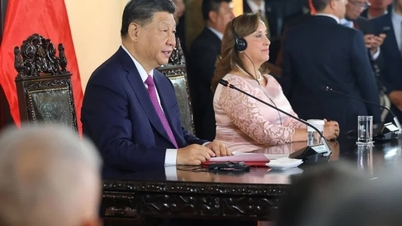

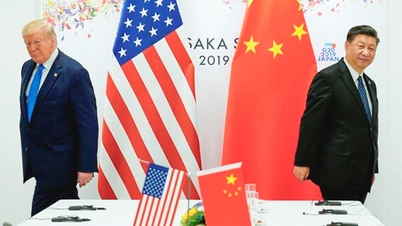
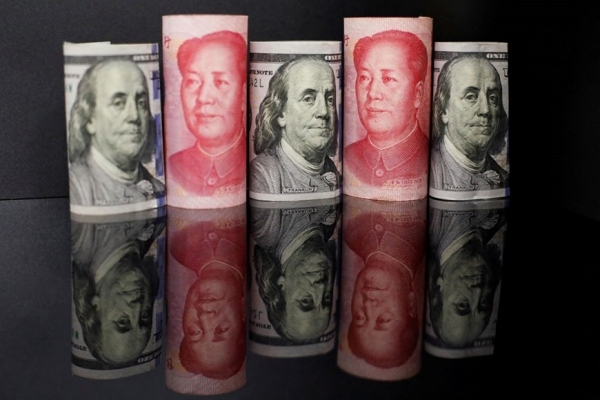






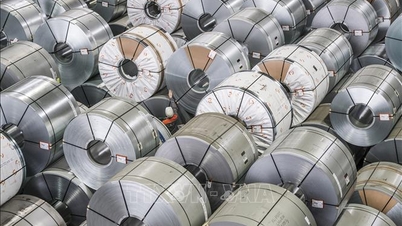
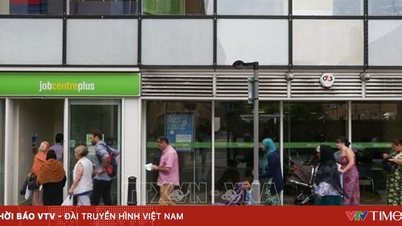

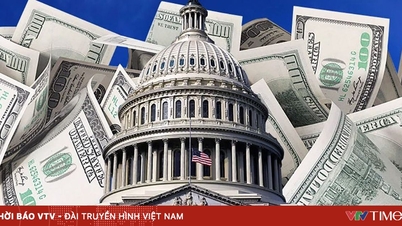










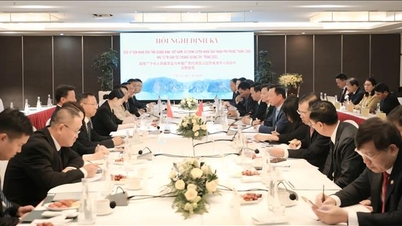
![[Photo] President Luong Cuong attends the 80th Anniversary of the Traditional Day of the Armed Forces of Military Region 3](https://vphoto.vietnam.vn/thumb/1200x675/vietnam/resource/IMAGE/2025/10/28/1761635584312_ndo_br_1-jpg.webp)



































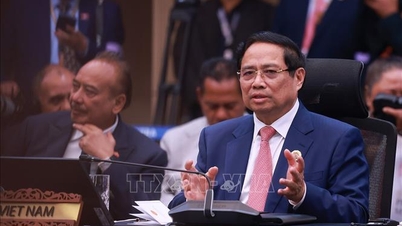

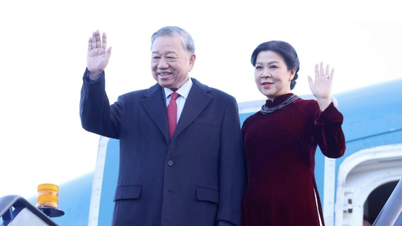





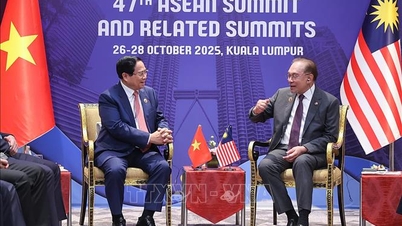


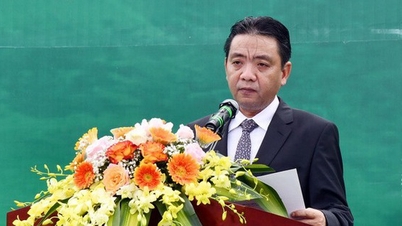
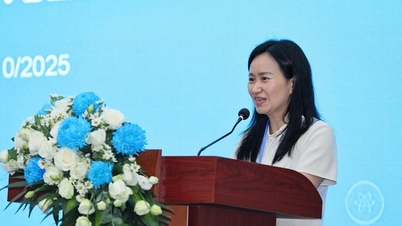




























Comment (0)